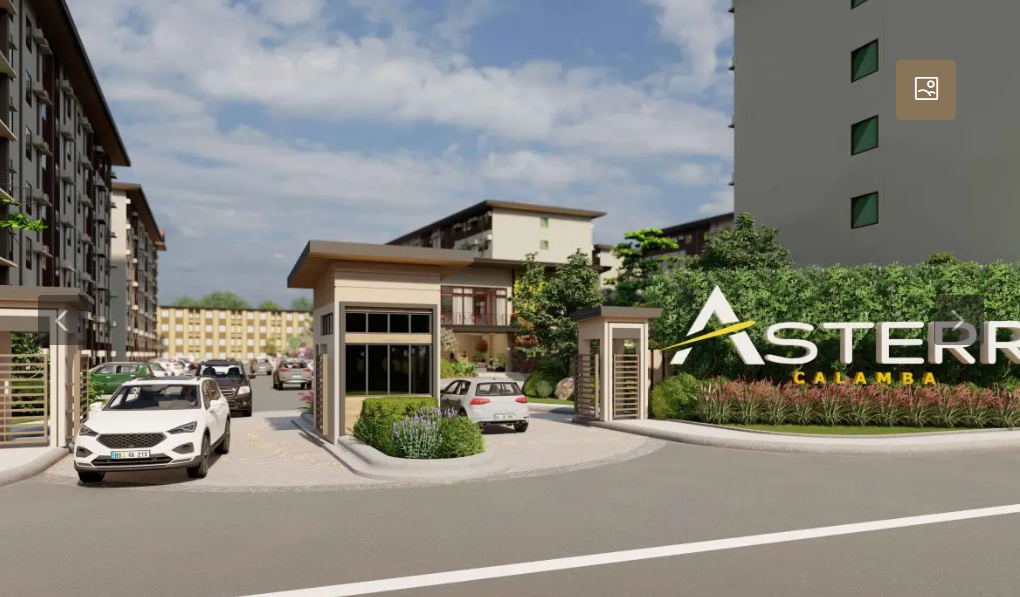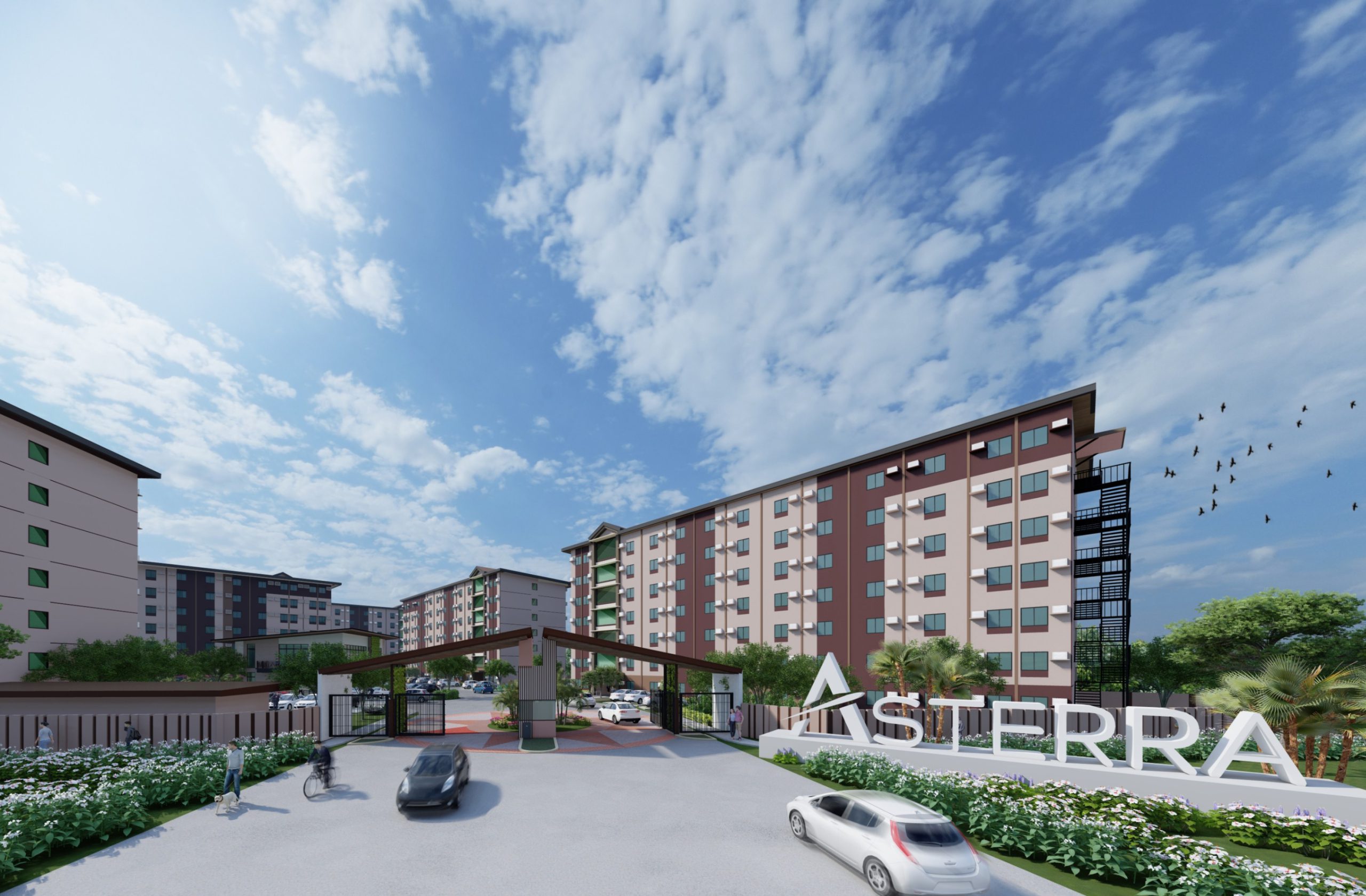A Condo Corp is a formal organization established in the Philippines to oversee and administer a condominium development’s operations. It is normally established when the condominium project is registered with the Department of Human Settlement and Urban Development formerly known as HLURB or the local government unit, and it functions within the parameters of the Condominium Act (Republic Act No. 4726).
Here are the key aspects of how a condominium corporation works in the Philippines:

1. Formation
The condominium organization shall be first formed by the developer of the condominium project. The creation of the bylaws and articles of incorporation, as well as the selection of the original board of directors, are all included in this process.
2. Ownership
Upon purchase, each individual owner of a unit within the condominium building automatically joins the condominium organization. While individual titles to individual units are held by unit owners, the corporation holds ownership to common spaces and facilities.
3. Governance
The board of directors for the condominium corporation is chosen by the owners of the individual units. The board is in charge of making decisions and running the condominium corporation’s business. The board often handles significant issues including financial management, upkeep and repair, rules and regulations, and policy-making.
4. Fees and Assessments
The condo board has the authority to collect monthly or quarterly assessments from unit owners. These assessments, often referred to as association dues or condo fees, contribute to the maintenance, repair, and operation of common areas and facilities. The amount of the assessments is typically determined by the board of directors and approved by the unit owners.
5. Meetings
The condominium development’s key issues are discussed during regular general meetings of the unit owners. The board can address issues brought up by the unit owners and offer financial reports and updates at these meetings. To discuss specific concerns or By-Law revisions, special meetings may also be held
6. By-Laws and Rules
By-Laws are established by the condo board to guide both its internal operations and the behavior of unit owners. The usage of common areas, pet policy, noise restrictions, parking, and other rules and regulations that support peaceful coexistence within the development may all be covered by by-laws.
7. Dispute Resolution
The DSHUD offers a dispute resolution process through mediation and arbitration in the event of disagreements between unit owners or between the unit owners and the condo board. If a solution cannot be found, legal action may be taken.
It is significant to note that particulars and rules could change based on the condominium project and the location.
To ensure the development is properly managed and maintained, it is advised for unit owners to get familiar with the governing papers and actively participate in its operations
How is Condo Board of Directors elected?

The Condominium Act (Republic Act No. 4726) in the Philippines specifies the procedures to be followed for electing the board of directors of a condominium organization. the following steps are typically included in the procedure.
- Eligibility
- Notice of Election
- Nomination Period
- Verification of Nominations
- Announcement of Candidates
- Campaigning
- Voting
- Vote Counting and Declaration of Results
- Assumption of Office
How is a Condo Committee Formed?
A condo committee is often created within a condominium complex in the Philippines to support the board of directors in managing and running the condominium company.
The particular procedure for establishing a condo committee may change based on the bylaws of the condominium and the rules established by the board of directors.
What is the Ideal Committee Size?
The size of the condominium development, the complexity of its operations, and the particular demands and requirements of the neighborhood may all affect the optimal committee size for a condo board or condominium corporation in the Philippines.
It is typical for condo boards to have a manageable number of committee members to facilitate effective decision-making and governance, even if there is no set standard or legal necessity for this.
What is the Proper Committee Structure?
Depending on the unique requirements and characteristics of the condominium building, the ideal committee structure for a condo corporation in the Philippines can change. However, the following typical committees are frequently created, these committee serves to oversee various elements of the condominium’s operations:
- Standing Committees
- Maintenance Committee
- Security Committee
- Rules and Regulations Committee
- Social and Events Committee
- Communication Committee
- Ad hoc committee
- Advisory committees
The Different Types of HOA Committees

Members of HOA committees are often divided into three groups based on three categories: HOAs are typically required to establish standing committees before organizing any committees based on association regulations.
The finance and planning committees, as well as the architectural committees, meet the most frequently.
The HOA can start developing auxiliary boards once a group of committee members has constituted their committee.
1. Mandatory Committee
In the governing documents, mandatory committees like the Architectural Review Board are clearly mentioned.
The Declaration frequently includes extensive descriptions about the Architectural Committee/Review Board. A community’s character and quality are maintained in large part through architectural management, and the authority granted to the architectural body varies greatly from one community to the next.
According to certain records, the architectural committee is a board-appointed advisory group made up of residents that provides recommendations to the board of directors.
In other communities, the board may nominate residents to an architectural board that functions independently of the board of directors and has complete and final authority to make decisions and establish rules, but with a channel for appeals to the condo association or other appropriate body.
2. Standing committee
Standing committees are frequently included in the association’s statement and/or bylaws.
Its serves a clearly define function such as taking care of the budget and finance
Generally, HOAs must create standing committees first, especially those that are outlined in the governing papers of the association.
These normally consist of a finance committee, a landscaping committee, and an architectural committee. An HOA may establish other committees, including special ones, after setting up these committees.
3. Ad hoc committees
These committees are task-oriented, they are the ones responsible in ground improvements and maintenance, social and events.
Ad hoc committees is responsible to solve particular problems, and they are only in place while those tasks are still outstanding.
The Importance of Creating a Committee chair
Once a committee is established, a charter will be written outlining the duties and responsibilities of the group as well as its members. The charter also describes the connections between the Board and Commission.
This paper outlines the restrictions that the committee is allowed to have, some expenses that may be incurred or claimed, and the committee’s permissible actions.
If the committee desires too much latitude in the route they wish to take, the board should also keep its guidelines in mind.
The Benefits of HOA Committees
Although each committee has a specific duty, the general goal of homeowners association or HOA committees is to lighten the load on the board.
The obligations of a HOA board are extensive. Depending on other priorities, boards may quickly grow too large and begin to ignore some tasks.
The boards of the HOA play a part in assigning duties to committees. It’s critical that the committees operate well. In addition, the HOA committee welcomes members to take part. The best way to improve community engagement is through committees, which are a great solution.





